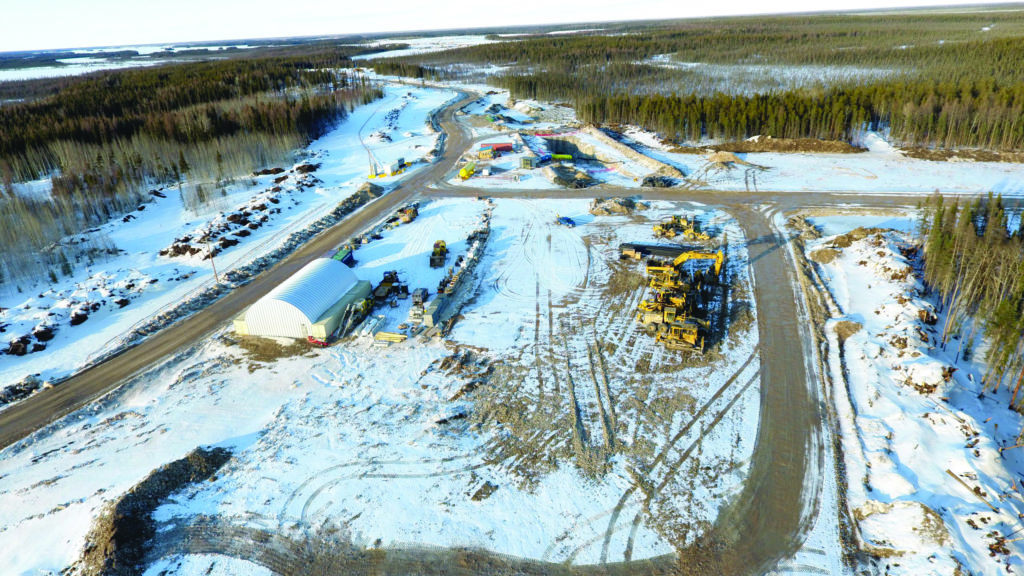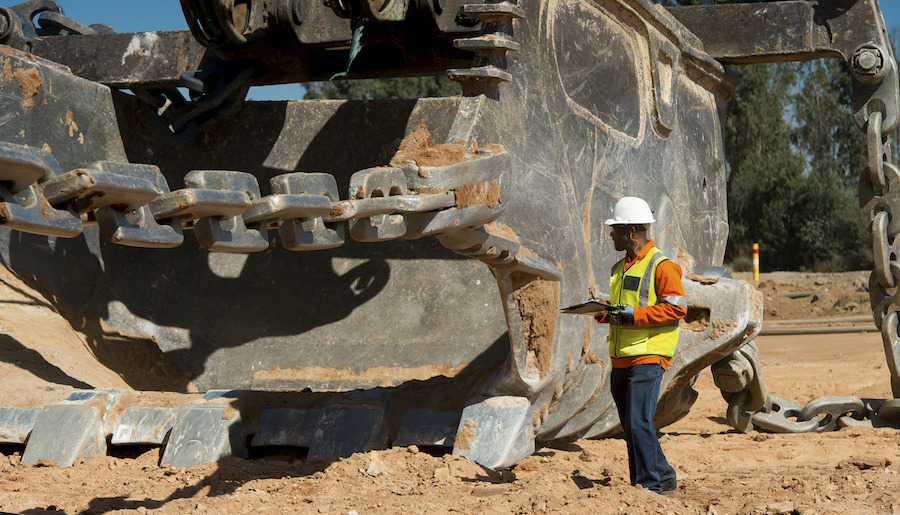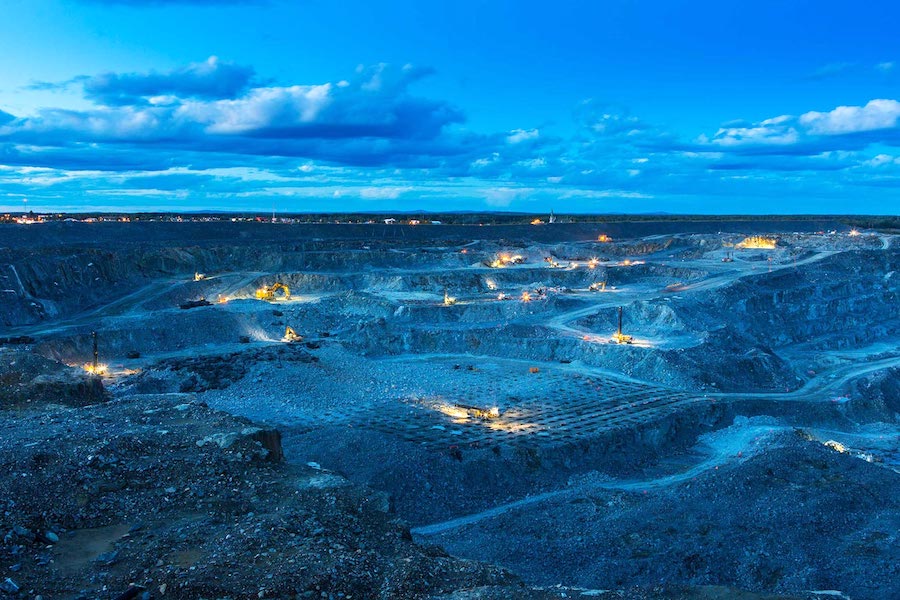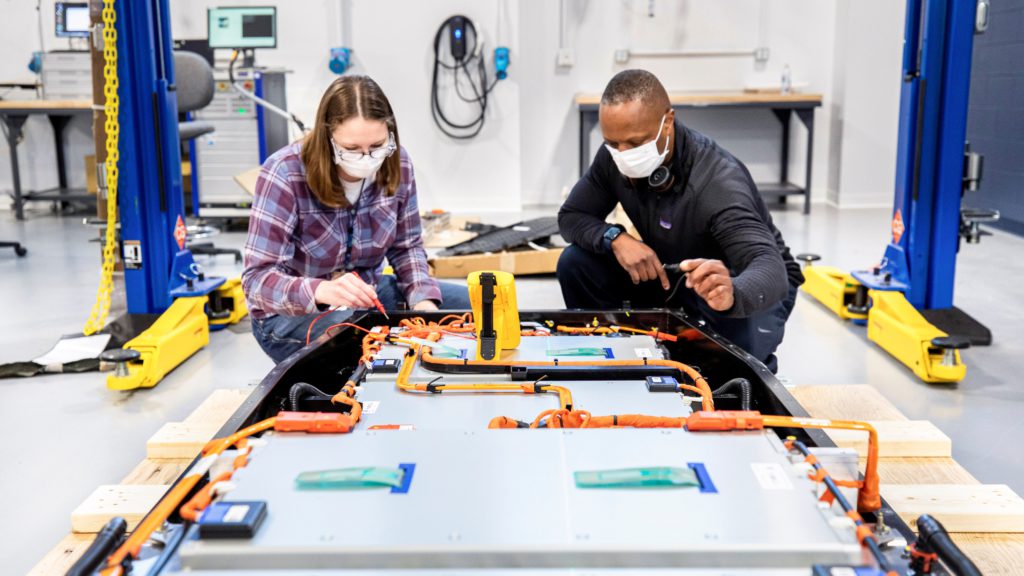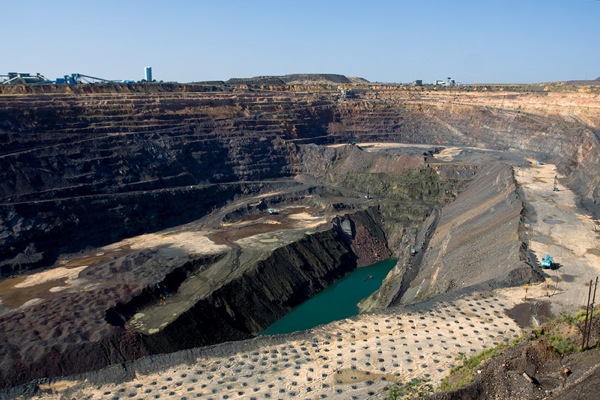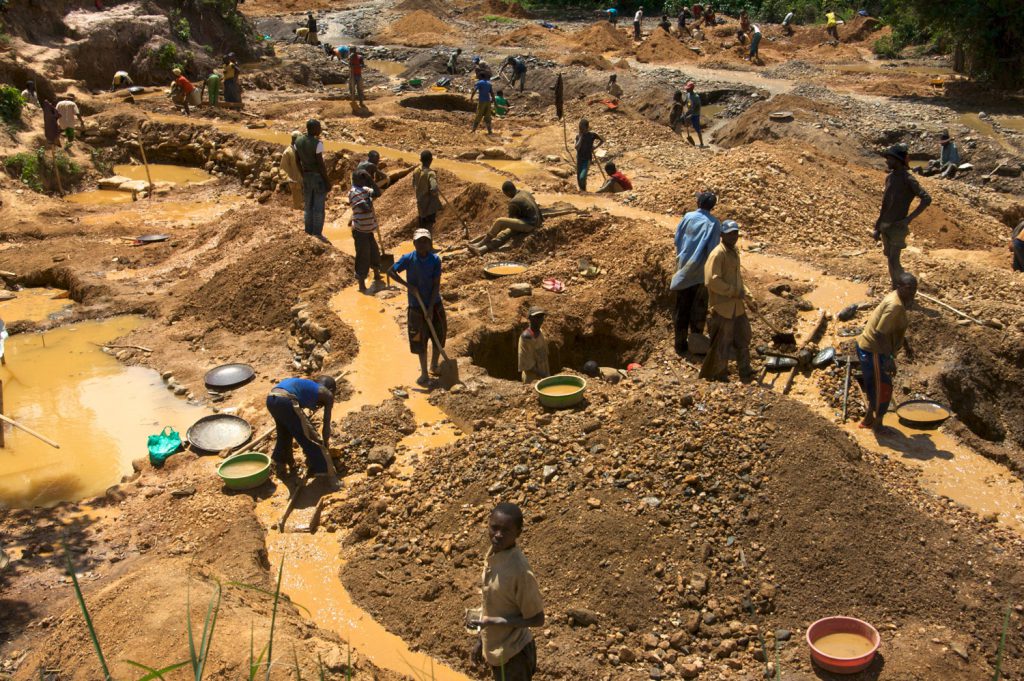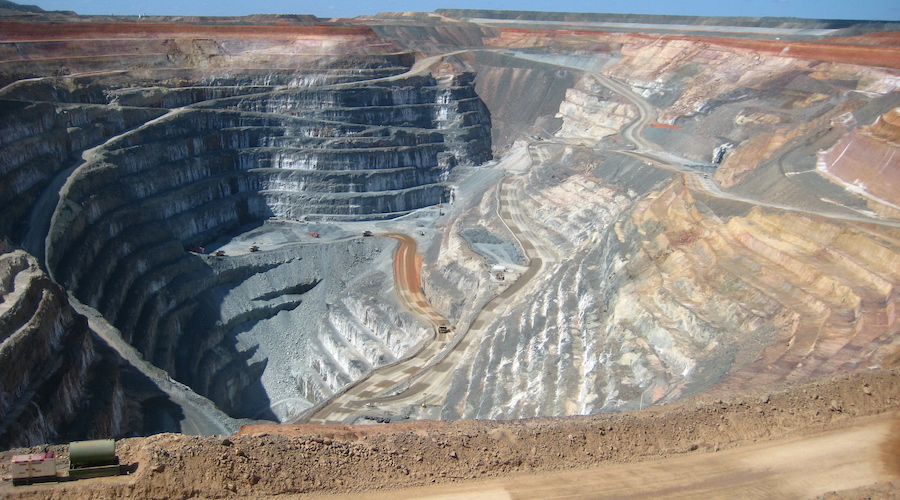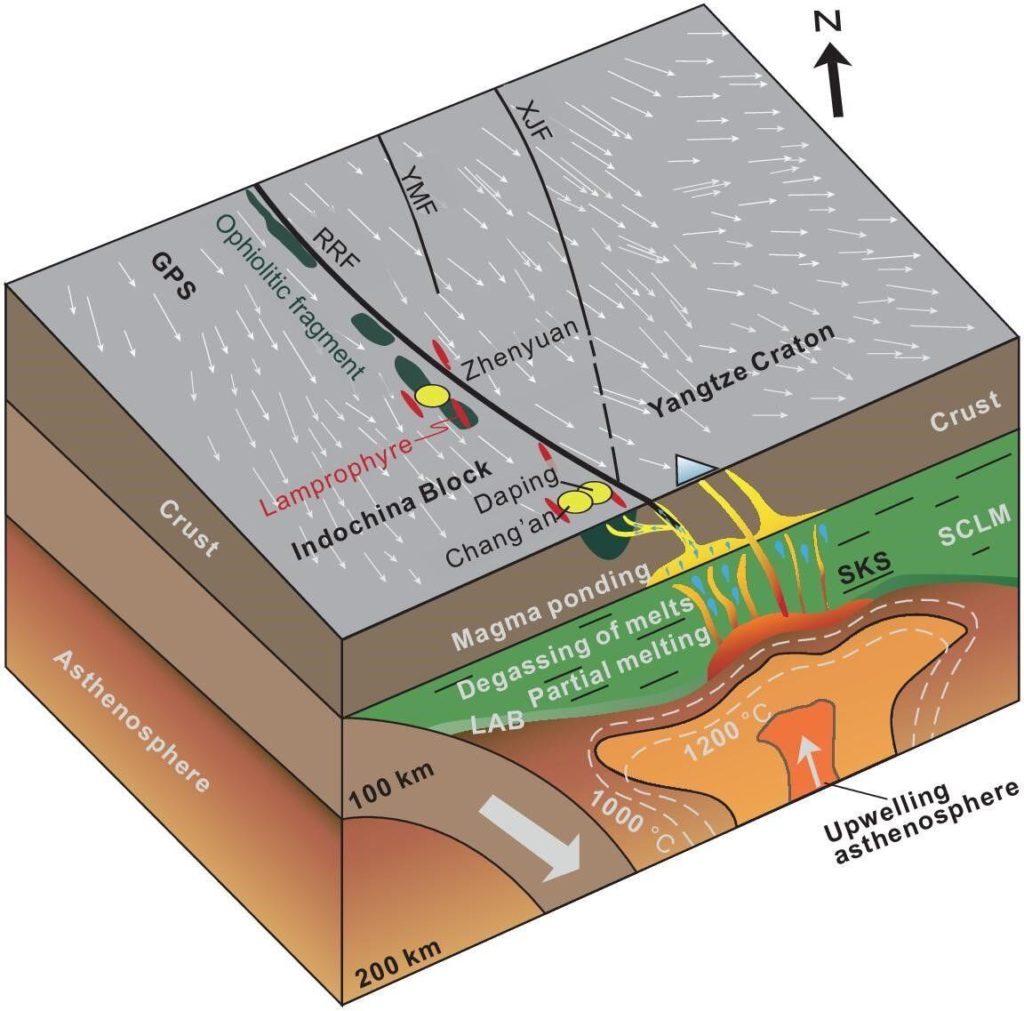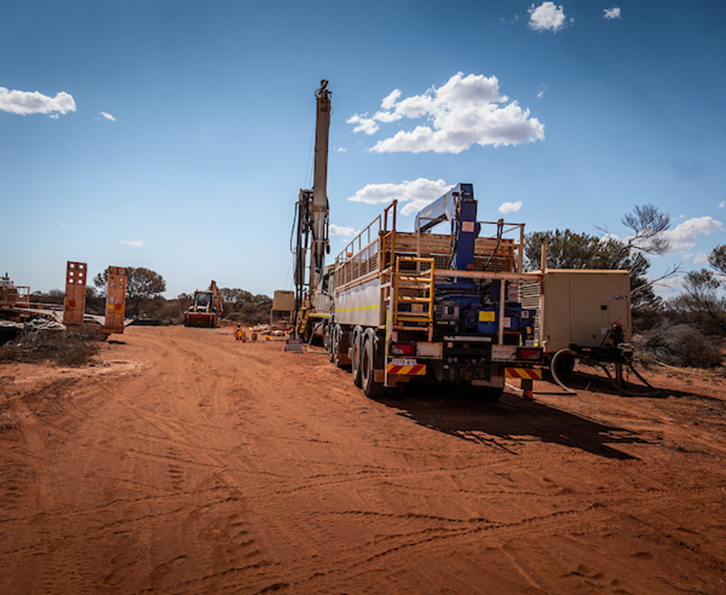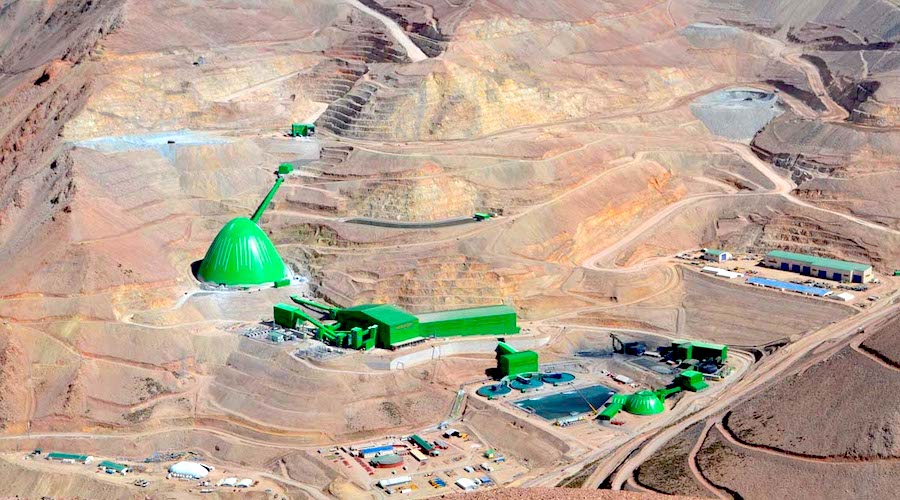THANK TRUDEAU & FRIEDLAND
Federal and provincial governments commit $485M to Saskatchewan agriculture programs
“Through the Sustainable Canadian Agricultural Partnership, we are investing in the economic, environmental and social sustainability of the agriculture sector, while ensuring the resilience of supply chains,” said Gudie Hutchings, federal minister of rural economic development.
“These programs and initiatives will create new ways for producers in Saskatchewan and processors to continue to improve their competitiveness while protecting our environment.”
The province said under this agreement, there is a focus on agricultural research, support for water development, an increased funding cap in the Farm and Ranch Water Infrastructure Program and a larger per-acre payment under the Irrigation Development Program.
“The Sustainable Canadian Agricultural Partnership will help build on the great work already happening in the agriculture industry in Saskatchewan,” said Saskatchewan agriculture minister David Marit.
“This investment will see enhancements to existing programs and the introduction of new programs to position us to continue on our sustainability journey, while ensuring the sector continues to grow, prosper and remain competitive.”
The province said the programs will focus on five areas:
- $176.6 million for building sector capacity, growth and competitiveness
- $53.4 million for climate change and environmental sustainability
- $40.2 million for resiliency and public trust
- $2 million to assist the industry with market development and trade
- $175 million for science, research and innovation
Applications for federal programs started being accepted on March 6, with programs going into effect at the beginning of April.
The new agreement also goes into effect on April 1, and will be in place until March 31, 2028.
Ian Boxall, president of the Agricultural Producers Association of Saskatchewan, said this money shows that both the feds and the province see the value of the agriculture sector.
“You’re always going to see now with funding from the federal government, there’s always going to be an environmental spin on all of it. I’m hoping that is rolled out in a way that benefits producers,” Boxall said.
He said he’s hoping it’s done in a way that’s useable, and that the research going into this shows where those environmental benefits can be made.
Boxall noted that Saskatchewan farmers don’t get recognition for the moves towards sustainability they make, adding he’d like to see some of the research focus on how environmentally sound some of their practices are.
Back in July when the updated partnership was announced, concerns were brought up regarding high input costs, labour shortages and supply chain shortages within agriculture.
Boxall said concerns towards high input costs remain.
“We’re still seeing some pretty high prices for inputs that we use every day on the farm.”
Sustainable agriculture partnership will see
$485M invested in Sask.: Province

Canada is the world's sixth-largest producer and one of the largest exporters of wheat, annually producing an average of over 25 million tonnes and exporting around 15 million tonnes. (THE CANADIAN PRESS/Jeff McIntosh)
Video journalist at CTV News Regina
David Prisciak
CTV News Regina Digital Content Producer
Updated March 20, 2023
A new federal/provincial deal will see a total of $485 million invested over the next five years to assist with sustainable agricultural projects in Saskatchewan.
The new Sustainable Canadian Agricultural Partnership (Sustainable CAP) is a five-year, $3.5 billion investment by federal, provincial and territorial governments to improve competitiveness, innovation and resilience to the nation’s agricultural sector, a news release explained.
“It’s a way forward as we look at food security and how we support it,” said Gudie Hutchings, federal minister of rural economic development, during a press conference in Regina on Monday.
Federal programs account for $1 billion of the funding, while the remaining $2.5 billion is through cost-shared programs and activities by all three levels of government.
RELATED STORIESSask. land value rose higher than national average in 2022: Farm Credit Canada
In Saskatchewan, $89.4 million will go toward strategic programming for farmers, ranchers and agri-business annually.
“What it really means is we have the opportunity to grow the Ag sector even further in the province of Saskatchewan,” Saskatchewan's Minister of Agriculture, David Marit, told CTV News.
“We want to grow more product here, that’s our growth strategy. We also want to increase value-added processing here, but the big thing we want to do is make sure we’re doing it in a sustainable manner, too.”
Federal funding accounts for 60 per cent of the partnership while the province provides the remaining 40 per cent.
The province revealed that the funding would surround five key areas over the next five years.
These include: Building Sector Capacity, Growth and Competitiveness: $176.6 million investment to build the agriculture sector capacity, ensuring growth and competitive advantages.
Climate Change and Environment: $53.4 million to support the long-term resiliency and sustainability of the sector.
Resiliency and Public Trust: $40.2 million to support the sustainability of the sector by anticipating, mitigating and responding to risks while building public trust.
Market Development and Trade: $2 million to assist industry in expanding domestic and international trade opportunities.
Science, Research and Innovation: $175 million invested in research and development activities, enhancing the diversification and profitability of agriculture.
Additionally, $37.8 million will be allocated to support national activities such as AgriMarketing and AgriAssurance over the course of the partnership.
Marit said in the last year the province consulted stakeholders, including the Saskatchewan Cattlemen’s Association (SCA), to help fine tune the programs.
SCA CEO Grant McLellan said the group brought forward ways to improve the current farm and ranch water infrastructure program. The renewed Sustainable CAP expands that program and increses the cap from $50,000 to $75,000.
“[The expansion] is really huge for our producers,” McLellan said.
“In particular the last few years where we’ve been experiencing drought in large swaths of the province, access to clean, reliable water is a huge boon for our members and our producers because ultimately we have to get that good quality material into our animals to get that good quality protein back to the people here.”
The partnership also enhances programs aimed to improve soil health and water quality, according to the province.
An estimated $3 billion in support is expected over the lifespan of Sustainable Cap.
Applications are currently being accepted for programs under the partnership, which is expected to last until March 31, 2028.
